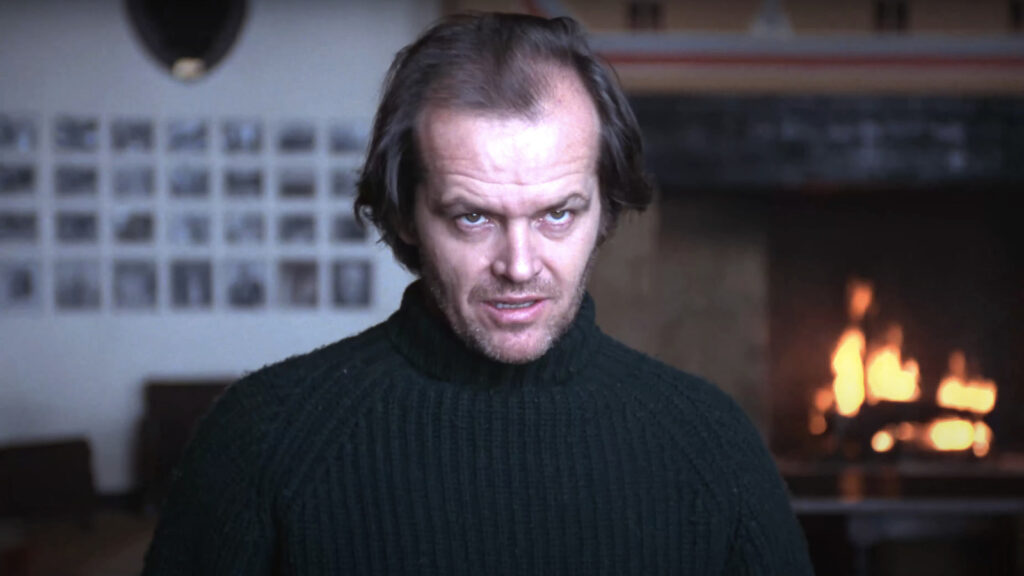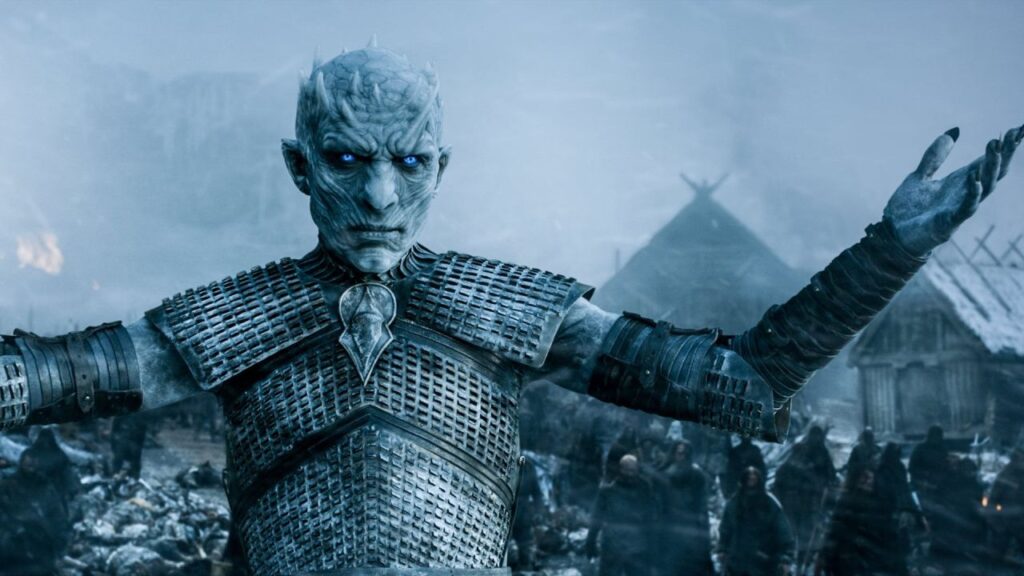
It’s been said that Jack Nicholson plays crazy a little too well, and while that’s true in its own way, it’s also inaccurate insofar as it suggests the man just channels some sort of innate insanity for his more unhinged roles. The truth is that before Jack Nicholson disappeared from Hollywood, he was one of the most intelligent and thoughtful actors ever to grace the screen, and spent years honing his abilities via deep research. As the New York Times’ Ron Rosenbaum put it in a 1986 profile of the man, Nicholson would “devotedly go from acting teacher to acting teacher seeking truth the way others of his generation would go from guru to guru or shrink to shrink.”
In other words, Nicholson was far more intellectual about his craft than you might imagine when watching his effortless performances. It’s the reason Stanley Kubrick said that Nicholson brought an “unactable” quality to his roles — namely an authentic intelligence that simply couldn’t be faked.
But while it’s unfair to label Nicholson a purely instinctual actor, it’s also unfair to say he’s a solely intellectual performer. In fact, his work on Kubrick’s “The Shining” demonstrates how the veteran star would combine his intellectual understanding of a role with his own real-world experiences, with one scene, in particular, speaking to that unique adaptability.
Jack Nicholson’s writing experience translated to his acting
As if being one of the most esteemed actors alive wasn’t enough, Jack Nicholson also wrote quite a bit. When he was first starting out and struggling to find work between B-movie roles, the actor was penning scripts for films such as 1963’s “Thunder Island” (which he co-wrote with Don Devlin) and 1964’s “Flight to Fury,” in which he also starred. As his career took off in the wake of his breakout role in 1969’s “Easy Rider,” he wrote less — though he did find time to write and direct 1971’s “Drive, He Said.” But by the time he came to star in “The Shining” in 1980, the then 43-year-old was well versed in the often frustrating experience of writing — which of course was an integral part of Jack Torrance’s descent into madness.
That descent is depicted in one of those scenes where Nicholson does indeed play crazy a little too well. The moment when Shelley Duvall’s Wendy approaches Jack at his typewriter in the hall of the Overlook Hotel sees Nicholson give us a striking peek under the carapace of Jack’s waning sanity, as he snaps at Wendy to leave him alone when he’s writing.
In his 1986 New York Times profile, the actor talked about how his own experiences with writing, and more specifically his marriage and subsequent divorce, inspired his performance in this scene from “The Shining.” In 1962, Nicholson married his “The Terror” co-star Sandra Knight with whom he had a daughter, Jennifer, before the couple divorced in 1968. Speaking to the Times, Nicholson explained how the typewriter scene was based on his experience of being married and simultaneously committing to his work. “That’s the one scene in the movie I wrote myself,” he says, going on to add:
“That scene at the typewriter — that’s what I was like when I got my divorce. I was under the pressure of being a family man with a daughter and one day I accepted a job to act in a movie in the daytime and I was writing a movie at night and I’m back in my little corner and my beloved wife, Sandra, walked in on what was, unbeknownst to her, this maniac — and I told Stanley [Kubrick] about it and we wrote it into the scene.”
Jack Nicholson channeled the ‘animus’ from his marriage
It wasn’t just that Jack Nicholson had some experience which Kubrick then interpreted for the typewriter scene. The actor actually repeated specific phrases he’d used during his doomed marriage, giving the scene its startling sense of uncomfortable realism.
Recalling the moments when his wife would interrupt his nightly writing sessions, Nicholson became quite candid with the Times, remembering specific things he’d said to Sandra Knight. “I remember being at my desk,” he said, “and telling her, ‘Even if you don’t hear me typing it doesn’t mean I’m not writing. This is writing.'” In “The Shining,” Jack is heard snapping at Wendy, “Whenever I’m in here and you hear me typing, or whether you don’t hear me typing, whatever the f— you hear me doing in here, when I’m in here that means that I am working, that means don’t come in. Do you think you can handle that?”
It might be more exaggerated, but this is basically Nicholson channeling his own, overworked self from a particularly turbulent time in his life. “I remember that total animus,” he said. “Well, I got a divorce.” While it was surely little consolation to also get a useful piece of life experience that he could utilize for a Stephen King adaptation, we at least got yet another unforgettable performance out of it, and another piece of evidence in the already rock-solid case for Jack Nicholson being the greatest actor ever.


